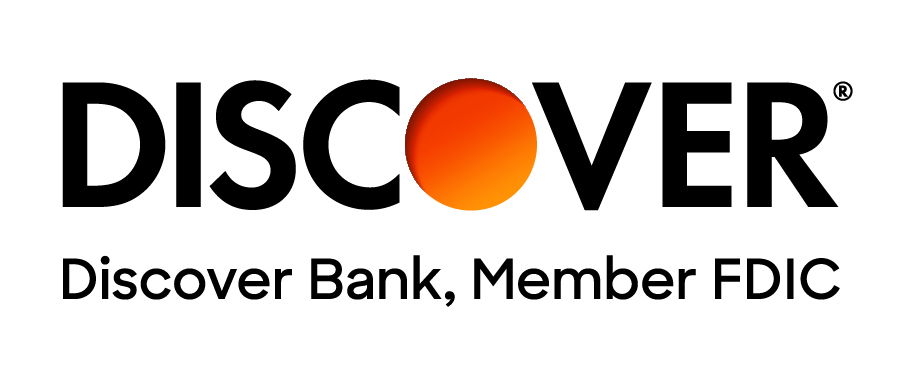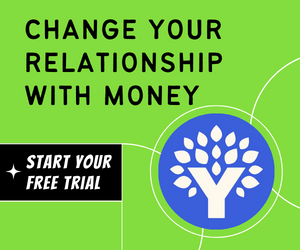Debt resolution is a method designed to help you take charge of your finances by lowering the overall amount you owe. It’s like having a guide during challenging financial moments. With the help of creditors or a debt resolution service, you can develop a clear, manageable plan to tackle your debt more confidently.
This might involve negotiating to reduce the total debt, lowering interest rates, or agreeing on a lump sum payment that’s less than what you owe. It's a crucial step, as it can transform a cycle of debt into a pathway toward financial stability. The aim is to give you the space to start building a secure, debt-free future.
Types of Debt You May Have
Understanding the various kinds of debt you might be juggling is a key step to regaining financial control. Let's break it down:
- Credit Card Debt: This is what we call revolving debt because it's not fixed — you can borrow again up to your credit limit once you've paid it off. It comes with higher-interest rates versus other types of debt, which means if you're only making the minimum payments, it can be difficult to pay down this type of debt.
- Student Loans: These are installment loans, where you're lent a set amount for educational expenses and you repay it over time, generally after you graduate. They often have lower interest rates and various repayment plans, which may include options for deferment or income-based payments.
- Mortgages: A mortgage is a loan secured by property or real estate. It typically has a low-interest rate compared to other debts and its long repayment period (usually 15 or 30 years) means monthly payments can be more manageable.
- Auto Loans: Similar to mortgages, auto loans are secured by your vehicle and have a fixed repayment schedule. The interest rate and loan terms can vary based on your credit score and the lender.
- Personal Loans: These can be secured or unsecured (without collateral) and are used for various purposes, including debt consolidation. They have a fixed end date and interest rates can range widely.
Having a clear picture of your total debt, taking into account all these types, is critically important. It helps you prioritize which debts to tackle first based on interest rates and balances, and it's the starting point for crafting a personalized debt resolution plan. The goal isn't just to pay off what you owe, but to do so in a way that's sustainable and strategic for your individual circumstances.
Debt Resolution Explained
Understanding debt resolution is like knowing you have a toolkit when things get financially tight. It's a practical approach for reducing what you owe and it's tailored to your unique situation. Put simply, debt resolution is when you work out an agreement with your creditors—either by yourself or through a specialist—to reduce the overall amount you owe or negotiate new terms that make repayment more doable.
Now, let's clear up the difference between debt resolution and some terms it often gets mixed up with, such as debt consolidation, and bankruptcy:
- Debt Resolution: This often involves negotiating with creditors to lower the amount you owe. It's like saying, "What if I pay this much now, instead of the full amount over time?" It can result in paying less than what you currently owe but can affect your credit score.
- Debt Consolidation: Think of this as gathering all your debts and putting them into one basket with a single monthly payment. This strategy is great for streamlining debts, usually with a lower interest rate, making it more manageable without reducing the actual amount you owe.
- Bankruptcy: This is the "break glass in case of emergency" option for debt management. Filing for bankruptcy can relieve you of your debts or help you develop a plan to repay them. However, it's a serious legal process that can have long-standing consequences on your creditworthiness.
By knowing these strategies, you can choose the right one for your financial health. Each has its place, depending on your circumstances, and it's important to consider them carefully. If you're feeling overwhelmed, reaching out to a financial advisor can be your first step towards regaining control.
Pros and Cons of Debt Resolution
There are benefits and downsides of debt resolution. It's a big financial move, so weighing the pros and cons is crucial.
Pros of Debt Resolution:
- Reduced Debt Load: The biggest advantage? It cuts down what you owe. Negotiating a settlement means you could end up paying less than the full amount.
- Financial Relief: It can vastly lower your monthly payment obligations, giving your budget a breather.
- Avoid Legal Action: It often means you can sidestep court dates and legal hassles associated with debt collection.
Cons of Debt Resolution:
- Credit Score Hit: Settling debt usually means a ding to your credit score because it signals you didn't pay as agreed.
- Potential Taxes: Heads up—forgiven debt can be taxable. You might save on what you owe but end up seeing a bump in your tax bill.
- Fees: Using a debt resolution service? They’ll charge for it. Always know what you’re signing up for so there are no surprises.
- Uncertain Outcomes: There's no absolute guarantee creditors will agree to negotiate. And, if they do, the terms might not be as peachy as you'd hoped.
Debt resolution isn't a quick fix. It's a strategic play that can really turn the tide on your financial wellbeing, but it comes with trade-offs. Take your time, think it through, and don't be shy about getting professional advice. Making a well-informed decision here is key to building that debt-free future we're all aiming for.
How Does the Debt Resolution Process Work?
Getting a grip on the debt resolution process can seem daunting, but it's like fixing up an old, creaky house—intimidating at first glance, but manageable when you tackle it step by step. Let’s walk through the process together, and I’ll make sure to keep it as straightforward as possible.
- Assessment: It all starts when you reach out to a debt resolution company. They’re the skilled contractors in our fixer-upper analogy. They'll take a good, hard look at your financial situation — kind of like a thorough home inspection — to understand what kind of debt you have and what your options might be.
- Enrollment: If debt resolution seems like a good fit, you'll enroll in their program. This is the equivalent of drawing up the blueprints before starting the actual renovation.
- Setting Aside Funds: Here’s where you start saving. The company will advise you to set up a dedicated savings account, which you control, to accumulate funds that will eventually be used to pay off negotiated debts.
- Negotiation: Once there's enough in your savings kitty, the company steps in to negotiate with your creditors—imagine haggling with builders for the best price on repairs.
- Settlement: After successful negotiations, you agree to pay the reduced debt amount using the funds from that dedicated savings account. It's a bit like finally fixing up the most pressing issues of the house so that it's livable.
- Completion: With the settled debt paid, you're one step closer to being debt-free, which feels like looking over a freshly renovated home.
Now, about those debt resolution companies: think of them as your project manager and financial negotiator all rolled into one. What do they do?
- Negotiate on Your Behalf: They handle all the back-and-forth communications with creditors, trying to reduce what you owe.
- Provide Expertise: They know the ins and outs of debt laws and creditor tactics.
- Create a Plan: They tailor a debt repayment strategy that works with your budget and timelines.
- Support & Educate: They offer guidance and help you understand your financial options and responsibilities.
Keep in mind, these companies aren't magicians — their success hinges on your commitment and the reality of your financial situation. And they do charge fees, so be sure the cost-benefit ratio makes sense for you. The road to financial freedom can be a bumpy one, but with the right support and a good plan, you can definitely get there!








